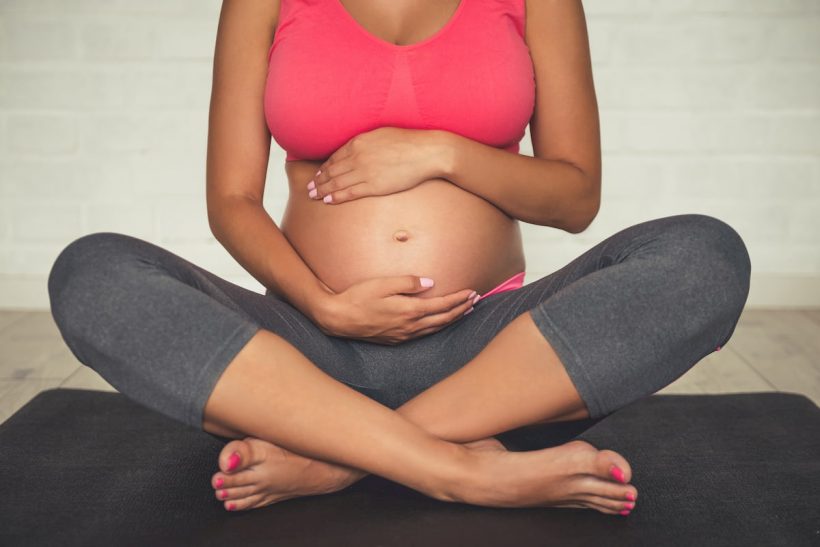Yoga pregnancy
Practicing yoga during your pregnancy is beneficial for your body which is constantly changing. Do you want to stay fit during your pregnancy and do what's best for your unborn baby? Of course you do!
Then prenatal yoga answers both of these questions with a resounding yes and is one of the best sports activities for pregnant women. In today's fast-paced society, yoga offers the perfect opportunity to slow down and connect with your baby and your body as it changes.
And no matter if you are a beginner in the discipline, prenatal yoga will still bring you many benefits.
WHAT ARE THE BENEFITS OF PRENATAL YOGA?
When you are pregnant, you can sometimes have the impression that your body has been "taken hostage" by a kidnapper. All the things you thought you knew about yourself disappear as your body does its incredible work. It's a change that's out of your control and can make you feel disconnected from your sense of identity.
In yoga, it is often said that "your body is different every time you step on the mat" and you strive to accept that change is a constant. During pregnancy, this is doubly true!
Yoga helps you reconnect with your body and embrace this journey. Prenatal yoga classes are therefore a great way to prepare for childbirth and enjoy the company of other pregnant women, fostering a sense of community that should not be underestimated.
Here is what a meta-analysis concluded after reviewing 54 studies on prenatal yoga:
"The results suggest that prenatal yoga can help reduce pelvic pain. It can also improve mental (stress, depression, anxiety, etc.), physical (pain and pleasure during childbirth, etc.) and perinatal (obstetrical complications, childbirth time, etc.) conditions. However, more studies are needed. The content of the intervention, means of intervention, and frequency varied from study to study. There is a need, therefore, to further examine the content of effective interventions, means of intervention and frequency appropriate to the characteristics of the participants and each outcome. Further research in this area, particularly randomized controlled trials, is needed".
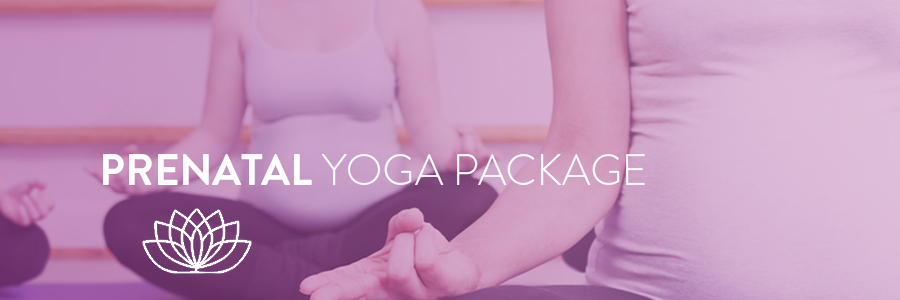
Yoga during pregnancy
Some points remain to be demonstrated, but if we had to summarize the benefits of prenatal yoga, here is the list that could be drawn up:
- supports the ever-changing body by providing women with healthy and safe ways to stretch their muscles and strengthen their bodies.
- tones important muscle groups (pelvic floor and abdominal muscles) in preparation for childbirth, which can also help minimize pain during those nine months and promote a toned state after delivery.
- Preparing for labor: This is one of the priorities of prenatal yoga classes, teaching pregnant women that they can be confident and that their bodies will "open up" naturally. When we can, we tend to get tense, which leads to a cycle of fear/tension/pain. This can lead to stress during work on the day.
- Helps you connect with your baby, it's a time to take time to care for and bond with your growing baby outside of a busy work and family life.
- brings real relief from the constraints of pregnancy (depression*, back pain, nausea, insomnia, headaches, shortness of breath, carpal tunnel syndrome, etc.). By stretching and toning muscles, you can help blood flow throughout the body in a healthy way. Also, deep breathing can provide the oxygen your baby and your own muscles need.
- Live a healthier pregnancy: A 2012 study found that women who practiced yoga regularly during pregnancy were less likely to deliver a low birth weight baby.
- encourages you to connect with other moms and opens the doors to a new community.
*A 2012 University of Michigan study showed that mindfulness yoga, which combines physical poses with meditation practices, can provide relief from the depression that can accompany the emotional journey of pregnancy.
Safety first and foremost
I haven't been able to find many studies on the benefits of yoga during pregnancy, but what is certain is that it remains a safe practice for expectant mothers and their fetuses.
If your pregnancy is considered high risk or if you have other complications, talk to your doctor before starting any prenatal yoga practice. Even if you don't have any special concerns, you will need to adapt your yoga practice as your baby grows.
Your body produces a hormone from the ovaries called relaxin throughout your pregnancy that helps make room for your growing baby and prepare for delivery. The presence of relaxin may make you feel more supple than usual, but be careful not to over-stretch! It is also possible to destabilize joints and ligaments during this specific period.
The greatest danger for pregnant yoginis remains falling. Therefore, minimize this risk (especially when your belly begins to protrude well) by paying special attention to balance postures.
Also avoid any pranayama that may make you feel dizzy to reduce the risk of fainting. I would also like to draw your attention to the fact that Bikram yoga can warm up your body temperature, so it should be avoided.
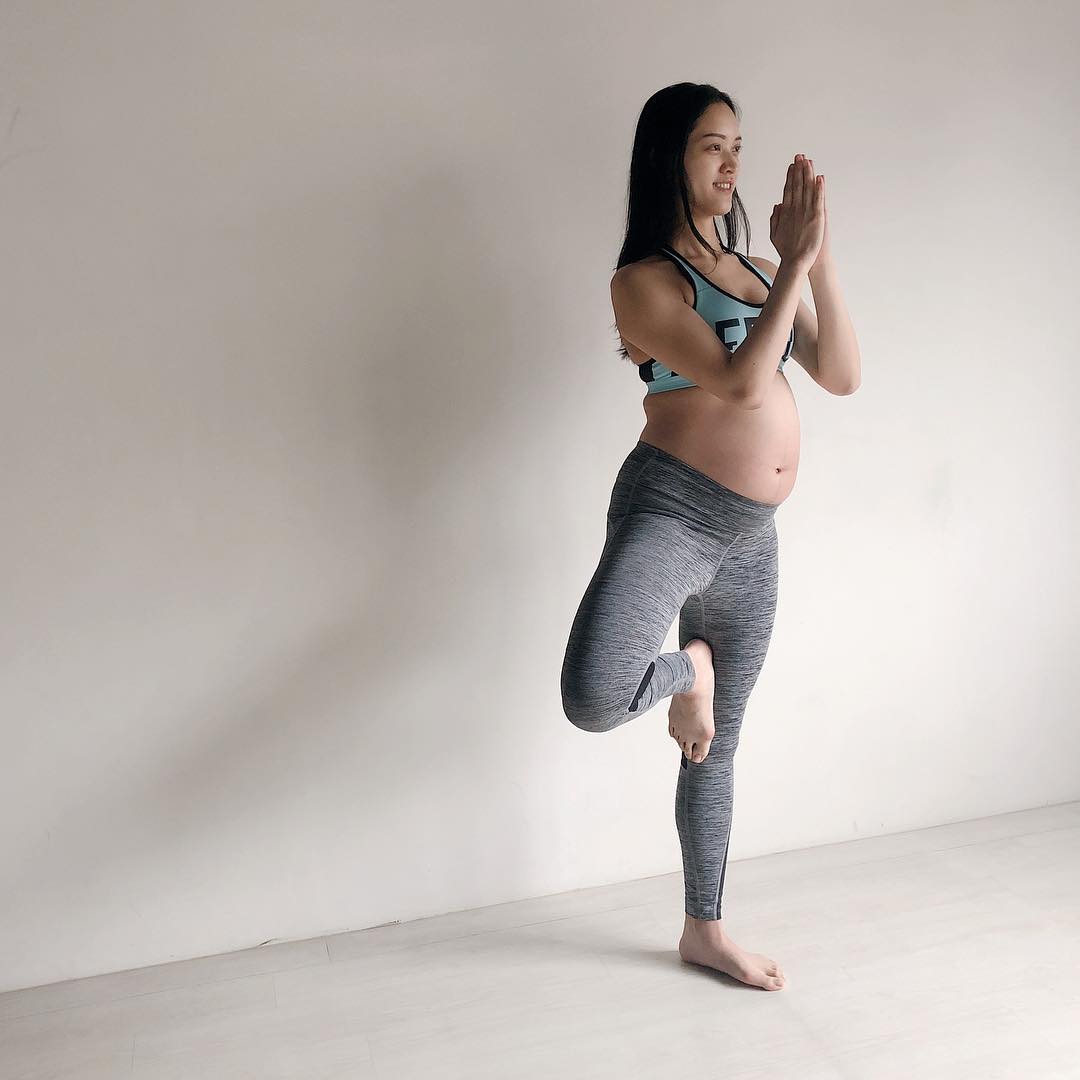
Beginner in Yoga?
Many women who have never done yoga before find it an ideal form of exercise during pregnancy and often continue to practice it even after giving birth! When looking for a class, look out for the title "prenatal yoga", with teachers certified in this discipline who will be best able to instruct you appropriately.
If you are already taking yoga classes, be sure to tell your teacher that you are pregnant. Some women may not have the opportunity to practice prenatal yoga until their third trimester. You will still benefit from classes if this is your situation, but the earlier in your pregnancy you can start, the better.
Already experienced in Yoga?
Yoga enthusiasts will be happy to know that they can continue their practice throughout their pregnancy as long as they feel comfortable doing so, but again, be sure to let the teacher know that you are pregnant.
Never feel pressured to practice at the same intensity as you did before you became pregnant and accept that you have lost flexibility.
For those who have been practicing yoga at home for a long time, it's still a good idea to take prenatal yoga classes to meet other moms-to-be and learn more about childbirth.
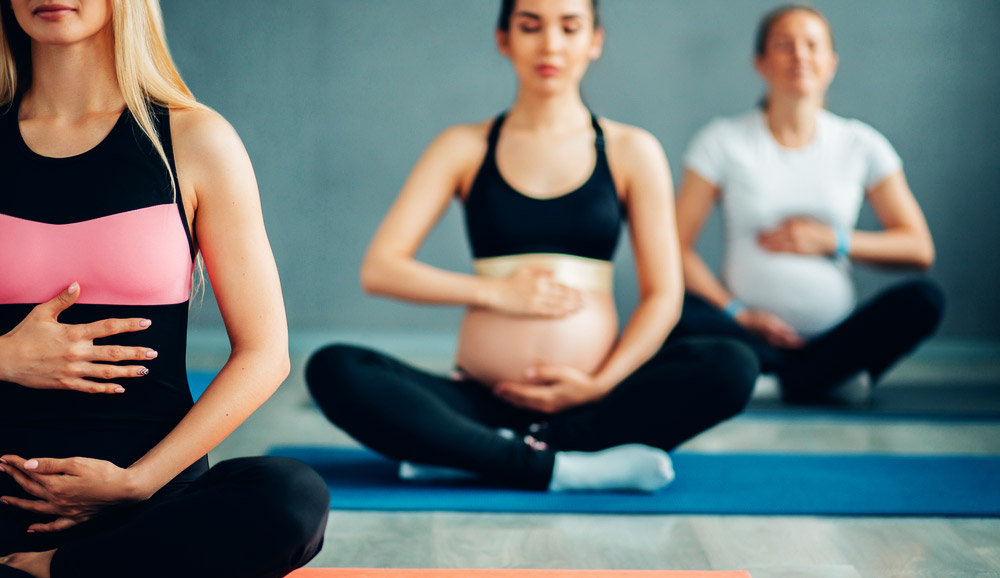
TOP 5 PRENATAL YOGA POSTURES
There are many yoga poses that are comfortable and safe to do during your nine months (and others that are not recommended). These five are the ones you are most likely to see incorporated into a prenatal yoga class:
Chakravakasana : Here's a gentle way to wake up your spine and help get your baby into the best position for delivery.
Parighasana : A lateral stretch that helps you make a little more space in your busy abdomen.
Virabhadrasana II : A classic standing posture that strengthens your legs and opens up your hips.
Baddha Konasana : Here is a posture that will allow you to gently open your hips while stretching your inner thighs. You can use accessories such as blocks under each knee to support yourself if necessary.
Viparita Karani : You have here a real antidote against swollen ankles and feet!
PRENATAL YOGA: WHAT YOU CAN AND CANNOT DO
Some postures, including the 5 we have just seen, are generally safe, but others are to be avoided. Let's try to untangle a little bit the "asanas pro pregnancy"!
The postures that can be done during pregnancy
These poses are safe for pregnant women when performed correctly:
- any posture that aims to open the hips (pigeon, warrior II, triangle, half moon, shoemaker) and helps to create the flexibility that will facilitate the birth.
- any lateral stretching (side board and its variations for example) which can be particularly pleasant when your abdomen starts to be a little loaded!
- any 4-legged posture such as our cow and cat posture which helps to place the baby in the optimal position for birth (head down, back to the belly).
- any standing posture that you will do more and more to the detriment of others as your belly grows.
Postures to avoid during pregnancy
Pregnant women should avoid these movements and poses:
- postures with too much stretching: as we said, the body produces a hormone throughout pregnancy called relaxin, which is designed to soften your inflexible parts (such as bones and ligaments) to make room for the baby and prepare for birth. This softening of the ligaments can make them vulnerable to excessive stretching. Try to avoid putting yourself in prolonged stretching positions and pay special attention to your knees.
- Excessive twisting of the belly (such as the "ardha matsyendrasana" half-twist posture) that compresses internal organs, including the uterus.
- anything that involves jumping.
- Any pranayama requiring breath retention or rapid inhalation and exhalation (such as kapalabhati) should be avoided. Instead, begin by practicing birthing breathing techniques such as inhaling deeply through the nose and exhaling through the mouth. This technique applies directly to the birthing process. Learning to focus on the breath and using it to stay grounded in the present moment can be the most useful thing you learn from prenatal yoga.
- Any inversion: Turning around poses no inherent risk to your baby, but you want to avoid falling! If you're uncomfortable with inversions, this is not the time to work on them, especially since your tummy is drastically altering your balance.
- Any posture that will bend your back like the wheel posture, especially if you're a beginner.
- any posture that is fully focused on abdominal work such as the boat pose should be avoided (this will rule out the possibility of diastasis of the rectus abdominis).
- any posture involving lying on your stomach like the cobra can be practiced in the first trimester, as the fetus is still very small. Later in pregnancy, these poses should be avoided and can be discontinued at any time if they cause discomfort.
- Any posture that also involves lying on your back. During the second trimester, your doctor may advise against lying on your back for long periods of time, even encouraging you to sleep on your side.
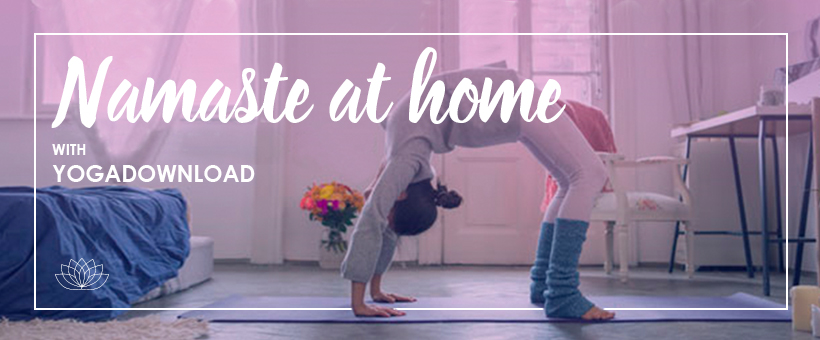
During the first quarter
At this stage of pregnancy, expect minimal postural changes, since normally the size of your belly does not yet pose a real problem.
It is very important to get into the habit of listening to your body. You may feel tired and nauseous, so give yourself permission to take it easy if that's the case, it's OK!
Most women who are already taking yoga classes can continue their usual routine without too much worry, although it's a good idea to mention your pregnancy to your teacher. If you're doing yoga for the first time, it's a good idea to start with a prenatal class.
During the second quarter
The second trimester is the ideal time to begin prenatal yoga. You're probably past the worst of your morning sickness (if you had any).
Your tummy is starting to show, so you need more pregnancy-specific poses and tips.
As your uterus expands, it's time to stop postures that involve lying on your stomach. Also avoid deep twisting, which is not very comfortable at this stage.
During the third and last quarter
At this stage, your belly becomes a factor that you normally can no longer neglect, prompting you to make more adaptations in standing postures. Taking a wider stance makes you more stable, which is useful because you want to avoid anything that could cause you to fall. For this reason, inversions are discouraged at this stage of pregnancy.
A 2015 study was the first to monitor the fetus while performing yoga poses in the third trimester, and found no signs of "fetal distress" in any of the 26 attempted postures, including the upside down dog.
However, these poses may make you feel uncomfortable and if so, it may be good to avoid them.

Pregnancy can be an exciting and special time, but it is filled with constraints. Helpful yoga will give you the right tools to slow down and enjoy the experience by accepting and respecting this incredible transformation your body is making.
On the other hand, time spent with other pregnant women will give you real added value and emotional support, even if you are not alone during your pregnancy. Joining a community of pregnant women is always a valuable thing to do.
After giving birth, you may be eager to resume your yoga practice. Doctors usually recommend six weeks recovery time for new mothers after a vaginal birth and longer after a C-section.
When you have received approval from your health care practitioner and you don't have any major bleeding, you are ready to do postpartum yoga, either alone or in a class for mom and baby. Some poses help breastfeeding mothers fight back and neck pain!


